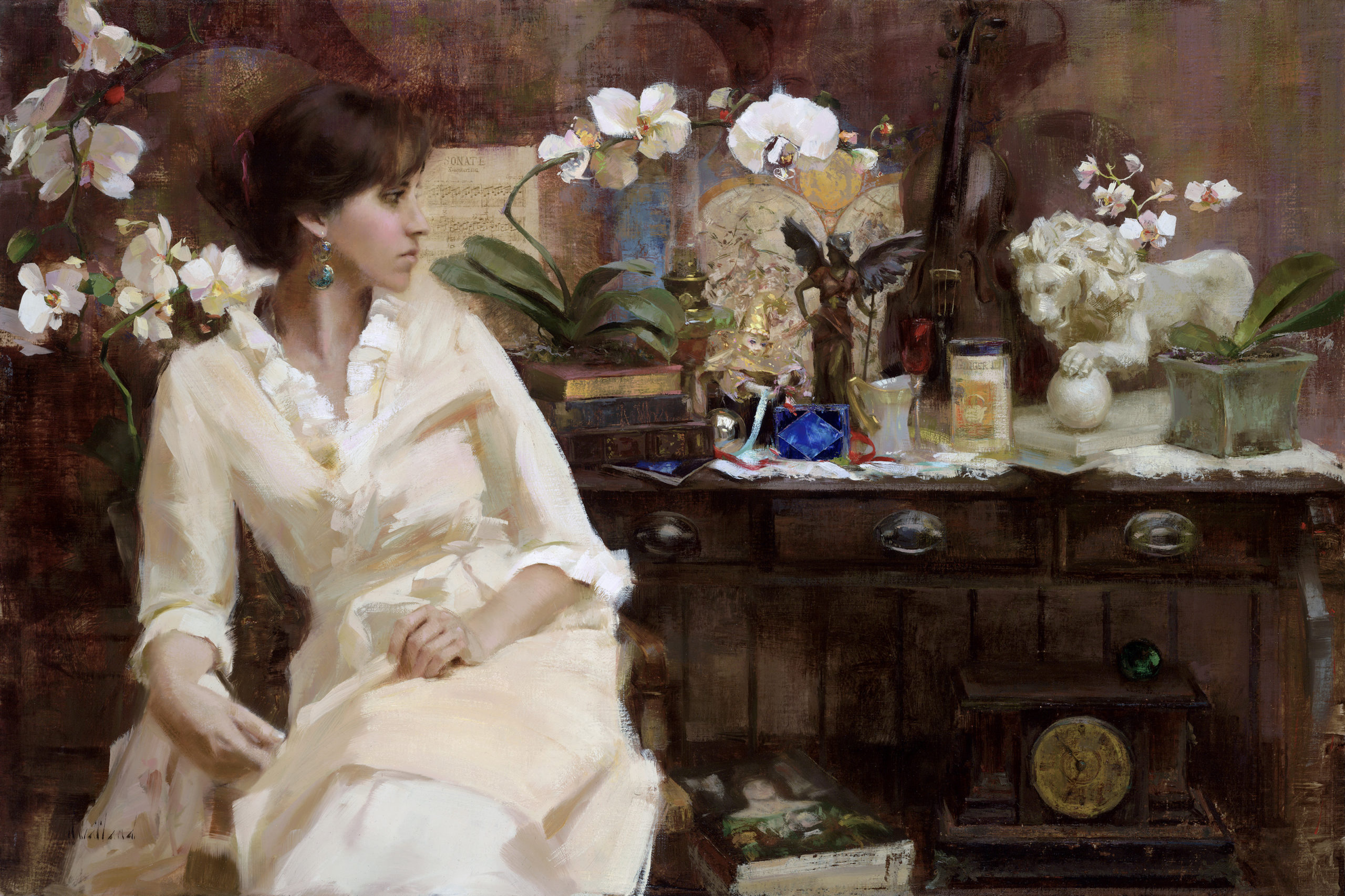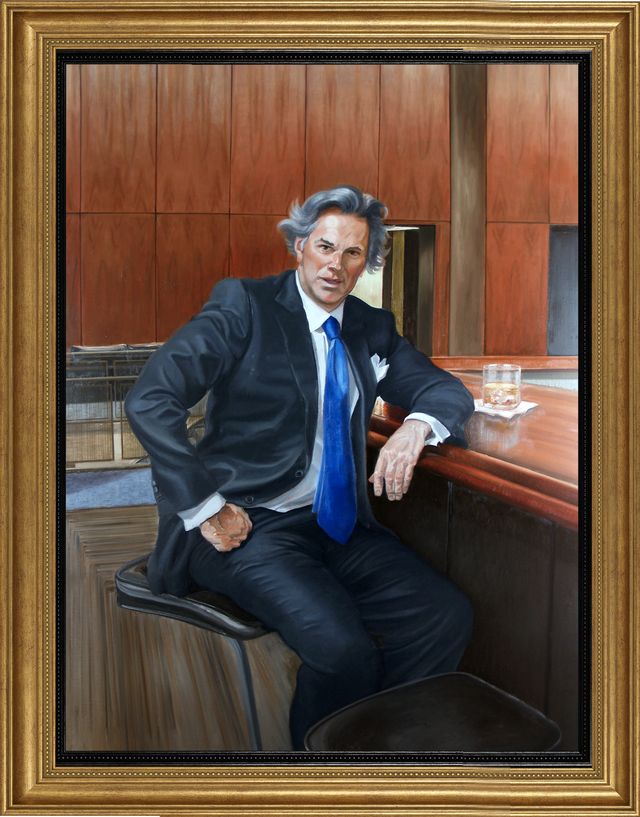Discover the Best Tips for Creating Stunning Figurative Oil Painting Artwork
Discover the Best Tips for Creating Stunning Figurative Oil Painting Artwork
Blog Article
The Development of Metaphorical Oil Painting: Recognizing Its Historical Importance and Modern Interpretations
The development of figurative oil painting serves as an engaging lens via which to examine the interplay in between creative expression and historical context. Contemporary artists, drawing from this abundant heritage, are currently reinterpreting the human figure in methods that test typical stories.
Beginnings of Figurative Oil Painting
The beginnings of figurative oil painting can be traced back to the very early Renaissance in Europe, especially in the 15th century. The growth of oil paint allowed for greater depth of color and detail, improving the realistic look and vibrancy of their work.

In this transformative age, numbers were often portrayed within contextually abundant atmospheres, showcasing not only their physical attributes yet likewise their psychological states. Leaders such as Jan van Eyck and Titian harnessed the tool's flexibility, utilizing layering strategies to achieve brightness and structure. This innovation promoted the portrayal of detailed textiles and the nuances of complexion, adding to the development of portrait and narrative scenes.
Moreover, the Renaissance focus on humanism promoted an appreciation for individualism, which in turn influenced musicians to create even more dynamic and relatable numbers - figurative oil painting. As a result, figurative oil paint arised as an effective lorry for storytelling and emotional involvement, preparing for future artistic activities and styles
Secret Historic Movements
Considerable historic motions have actually formed the advancement of figurative oil painting, each contributing one-of-a-kind viewpoints and techniques that expanded the medium's possibilities. The Renaissance marked a zero hour, emphasizing realistic look and the human kind, with artists like Leonardo da Vinci and Michelangelo pressing the limits of anatomical precision and viewpoint. Following this, the Baroque age brought remarkable contrasts of light and darkness, exemplified by Caravaggio, who instilled spiritual motifs with intense emotionality.
The 19th century presented Romanticism and Realistic look, where musicians such as Delacroix and Courbet tested classical ideals, concentrating on private expression and daily life. The development of Impressionism even more transformed the medium by highlighting the impacts of light and shade, causing a departure from typical depiction.
In the early 20th century, movements like Expressionism and Cubism redefined metaphorical painting via abstraction and the expedition of emotional depth. Each of these motions not only reflected the social modifications of their times however additionally prepared for contemporary interpretations. The interaction in between these historical motions has developed a rich tapestry of ideologies and designs, influencing modern-day artists in their quest of catching the human experience on canvas.
Strategies and Products Development

Throughout the Baroque period, techniques such as chiaroscuro and sfumato emerged, boosting the psychological vibration of metaphorical structures. Musicians began to trying out glazes and impasto, manipulating structure and brightness. By the 19th century, advancements like using pre-mixed paints in tubes transformed access, allowing musicians to paint en plein air and capture the short lived results of light.
The 20th century observed the introduction of synthetic pigments and mediums, which expanded the scheme and altered the uniformity of oil paints. The expedition of new application methods, such as palette blades and brushes of differing rigidity, more diversified imaginative expression. Collectively, these improvements reflect the progressing partnership in between materials, strategies, and the creative vision fundamental in figurative oil painting.

Contemporary Interpretations
Contemporary interpretations of figurative oil painting mirror a vibrant discussion in between practice and technology, where musicians challenge established pop over to these guys norms and explore varied motifs. This development manifests in numerous methods, as modern musicians blend timeless methods with modern concepts, frequently addressing social, political, and individual narratives.
Lots of experts draw motivation from historical works, yet they infuse their items with contemporary point of views, utilizing the human kind as a car for commentary on gender, culture, and identity. Artists increasingly try out abstraction, distortion, and multimedias, which permits a broader interpretation of the number and its context.
Moreover, making use of vibrant shade palettes and unusual compositions typically offers to interrupt conventional checking out experiences, provoking important interaction from audiences. This change in focus prolongs beyond aesthetic appeals; it reflects an expanding understanding of the intricacies of human experience in an interconnected globe.
As figurative oil paint continues to progress, it continues to be an essential tool for exploring the nuances of modern life, embodying both a regard for heritage and a commitment to dynamic idea. The result is an abundant tapestry of expression that reverberates with the complexities of the modern human problem.
Impact on Modern Art
The influence of metaphorical oil paint on contemporary art is extensive, as it has constantly inspired a myriad of creative motions and practices throughout the 21st and 20th centuries. From Expressionism to Surrealism and beyond, the exploration of the human figure has actually remained a main motif, allowing musicians to share complex emotions and narratives. This focus on figurative depiction has actually resulted in a re-examination of typical strategies, causing innovative strategies that article source blend realism with abstraction.
In addition, modern artists have welcomed figurative oil painting as a way to attend to political and social problems, using the medium to challenge understandings of sex, culture, and identity. The resurgence of interest in figurative operate in current years reflects a wishing for connection in a significantly digital world, where human experience and emotion are critical.
In addition, the dialogue in between figurative oil paint and contemporary art appears in the jobs of artists such as Kehinde Wiley and Jenny Saville, who make use of historical referrals while infusing their items with contemporary significance. Inevitably, figurative oil painting proceeds to shape and redefine contemporary imaginative expression, underscoring its enduring relevance in the art world.
Verdict
The evolution of metaphorical oil paint highlights its historic importance and adaptability throughout various imaginative motions. Eventually, figurative oil paint stays a crucial tool for checking out the human experience, resonating exceptionally in today's electronic landscape.
The evolution of metaphorical oil painting serves as a compelling lens via which to examine the interplay between creative expression and historic context.Substantial historical motions have shaped the development of metaphorical oil painting, each adding distinct ideologies and techniques that increased the tool's opportunities.As historical motions formed the trajectory of metaphorical oil paint, the methods and materials used by musicians have also gone through considerable improvements. figurative oil painting.The influence of figurative oil paint on modern art is extensive, as it has consistently inspired a myriad of artistic activities and techniques throughout the 21st and 20th centuries.The evolution of metaphorical oil painting highlights useful link its historical relevance and versatility across numerous artistic motions
Report this page